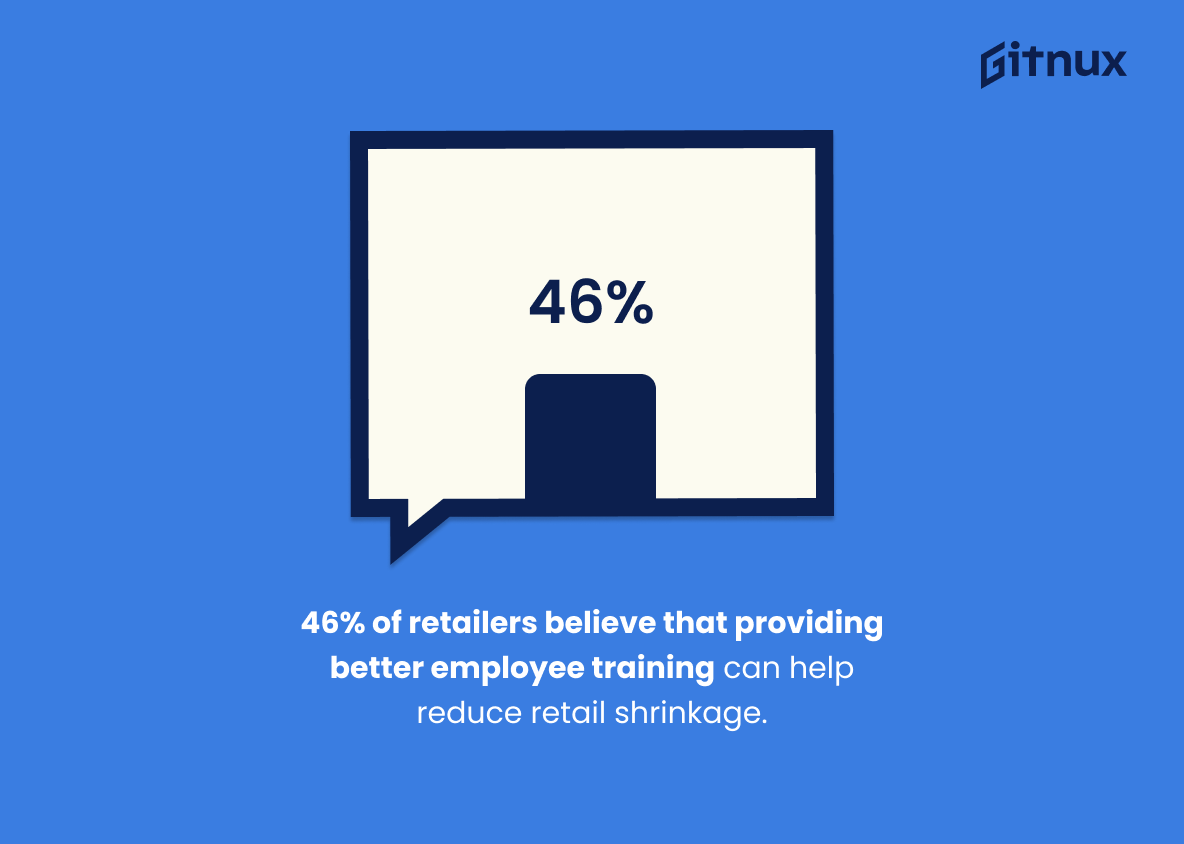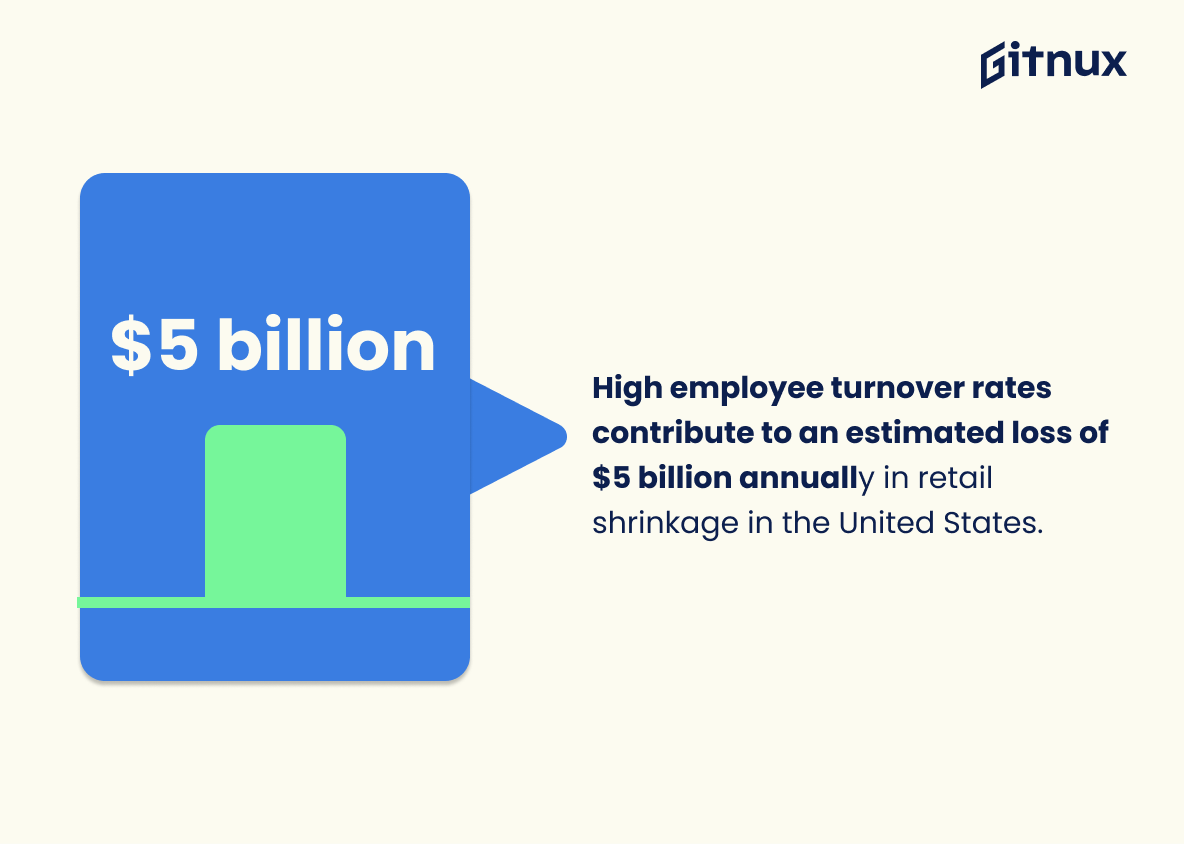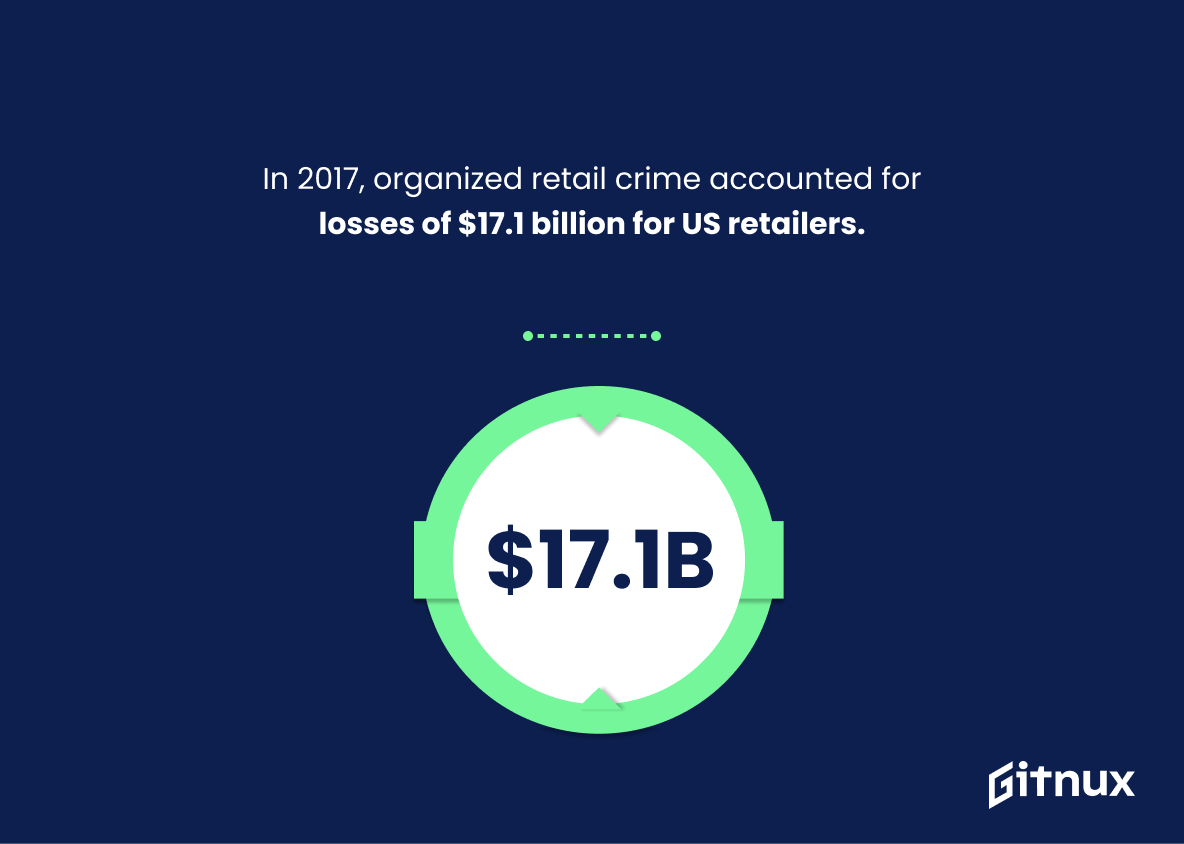Shrinkage is a major issue for retailers around the world, costing businesses billions of dollars annually. In 2019 alone, global retail shrinkage rate was 1.85%, with US businesses losing almost $60 billion due to inventory shrinkage that year. Employee theft and shoplifting are two of the most common causes of retail shrinkage, accounting for 33% and 35% respectively in 2019.
Other factors such as administrative errors (20%), vendor fraud (4%) and organized crime ($17.1 billion) also contribute significantly to losses incurred by retailers each year. This article will explore these statistics further while discussing how different sectors have been affected by this problem over time, including apparel stores (2.43%), supermarkets/grocery stores (3.6%), department stores. Let’s explore more statistics in-depth.
Retail Shrinkage Statistics Overview
Vendor fraud contributes to 4% of retail shrinkage incidents.
This statistic is a stark reminder that vendor fraud is a major contributor to retail shrinkage incidents. It highlights the importance of having effective measures in place to prevent and detect fraudulent activities, as even a small percentage of incidents can have a significant impact on a business’s bottom line.
46% of retailers believe that providing better employee training can help reduce retail shrinkage.
This statistic is a powerful indicator of the importance of employee training in reducing retail shrinkage. It shows that a majority of retailers recognize the value of investing in their employees and understand that it can have a positive impact on their bottom line. By providing better training, retailers can equip their staff with the knowledge and skills needed to prevent theft and other forms of shrinkage. This can help them save money and improve their overall profitability.
40.6% of US retailers experienced an increase in shrinkage from 2018 to 2020.
This statistic is a stark reminder of the reality that retail shrinkage is a growing problem in the US. It highlights the need for retailers to take proactive steps to reduce losses due to theft, fraud, and other forms of shrinkage. By understanding the current state of retail shrinkage, retailers can better prepare themselves to combat the issue and protect their bottom line.
High employee turnover rates contribute to an estimated loss of $5 billion annually in retail shrinkage in the United States.
This statistic is a stark reminder of the costly consequences of high employee turnover rates in the retail industry. With an estimated loss of $5 billion annually, it is clear that the issue of retail shrinkage is a serious one that needs to be addressed.
In 2017, organized retail crime accounted for losses of $17.1 billion for US retailers.
This staggering statistic serves as a stark reminder of the immense financial burden that organized retail crime has placed on US retailers. It is a clear indication that the issue of retail shrinkage is far from being resolved and that retailers must remain vigilant in their efforts to combat it.
Conclusion
The statistics presented in this blog post demonstrate the prevalence of retail shrinkage across different countries and sectors. The global average rate for 2019 was 1.85%, with supermarkets and grocery stores experiencing an especially high rate at 3.6%. Employee theft, shoplifting, administrative errors, vendor fraud, and organized crime are all major contributors to retail shrinkage losses worldwide. Additionally, retailers with eCommerce presence experienced a higher average shrinkage rate than those without one in 2019. It is clear that there is no single solution to reducing retail inventory loss; instead businesses must take multiple steps such as providing better employee training or investing in security technology solutions to combat the issue effectively.
References
0. – https://www.nrf.com
1. – https://www.www.businesswire.com
2. – https://www.storetraffic.com
3. – https://www.www.storetraffic.com
4. – https://www.losspreventionmedia.com
5. – https://www.www.researchandmarkets.com





